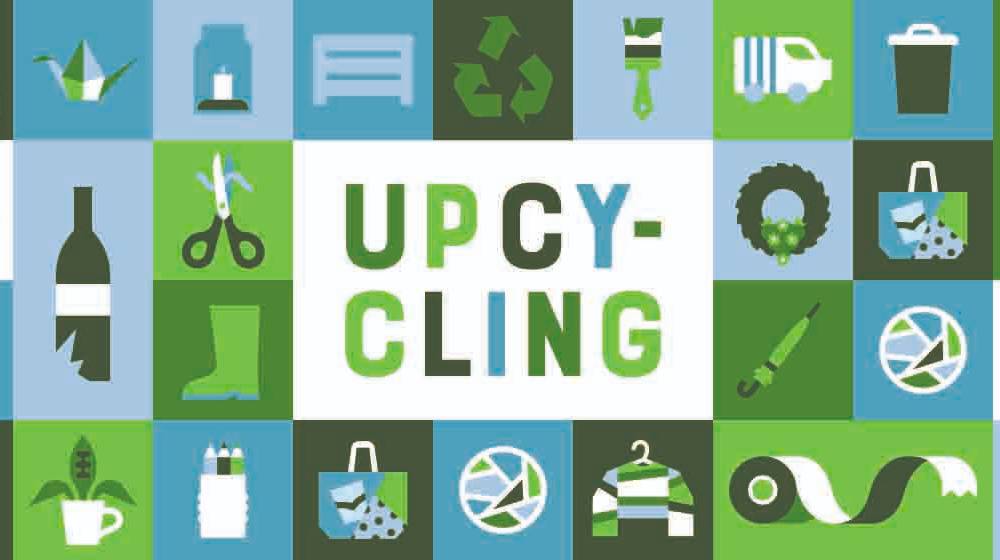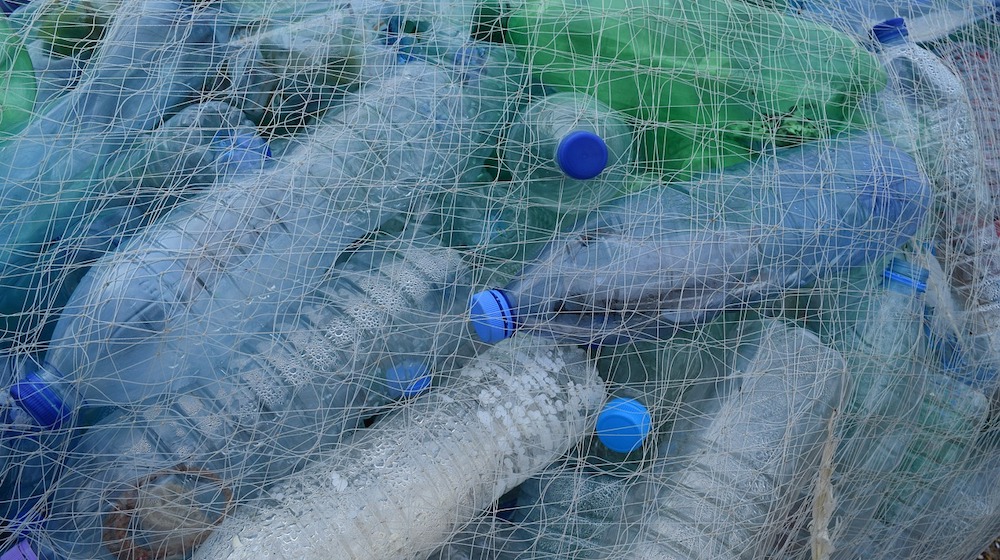When I got into the upcycling industry, I quickly learned how few people actually knew what upcycling was. While recycling is a term now familiar to everyone, mentioning “upcycling” to the average person will often be met with a blank stare.
Generally speaking, upcycling is taking things that would otherwise be thrown away and making them into something useful or attractive.
Part of my company’s mission is to educate as many consumers as possible about this way to help the environment.
Though the word may be new, thrift is not a new concept. In fact, up until the 1950s or so, upcycling was actually commonplace. Everything was used over and over again until it was in no way beneficial.
Today, this concept is coming back, as modern-day upcycles put just about anything they can find back to good use.
Broken pieces of jewelry are combined to make a new, beautiful necklace, old t-shirts are made into balls of yarn, and juice packs are made into handbags.
Anyone can get in on the movement by examining their consumer habits and finding new uses for items they already have.
RELATED: How to Make Rope from Recycled Plastic
Upcycling: What Is It?
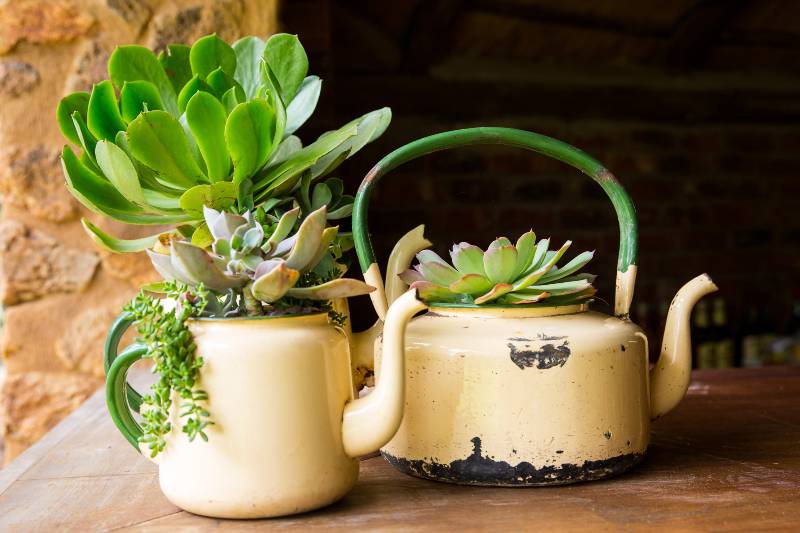
Upcycling not only protects the environment from unnecessary waste but also allows us to add to the beauty of our immediate home environment with attractive, affordable alternatives.
Perhaps one of the most impressive benefits of upcycling is that it can fit in everywhere: the home, office, and everywhere in between.
Two Types of Upcycling
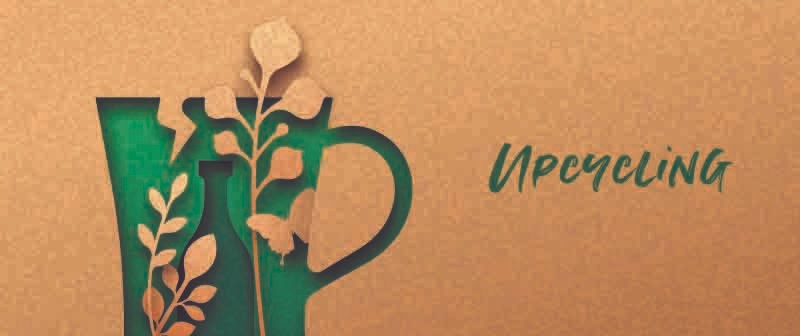
In practical terms, upcycling has two subsets. The first is taking materials that today cannot be practically recycled and making them into something useful.
The second is taking materials that can be recycled, but rather than breaking down the item into its base elements and building up to something new, they are used in some version of their current state.
A good example of this second type of upcycling is a glass bottle. When you recycle that bottle, it is broken into small pieces, melted down, and recast into a new item.
Upcycling that same bottle could involve cutting the top off, smoothing down the cut edge, and then using it just as it is, like a drinking glass.
In both cases, waste has been diverted from the landfill, and in the 2nd case, you have the added benefit of having applied less energy to the base materials in order to return it to something useful.
Upcycled vs. Reused

If you are rescuing an old bookcase from the scrap heap, putting a new coat of paint on it, and using it again as a bookcase, you are not technically “upcycling” that bookcase because it was not made into anything new.
It’s awesome that that bookcase has not gone off to the landfill, but, technically, this is a reused item and not an upcycled item. The difference between the two terms is that upcycling involves making something new.
The Upcycled Marketplace
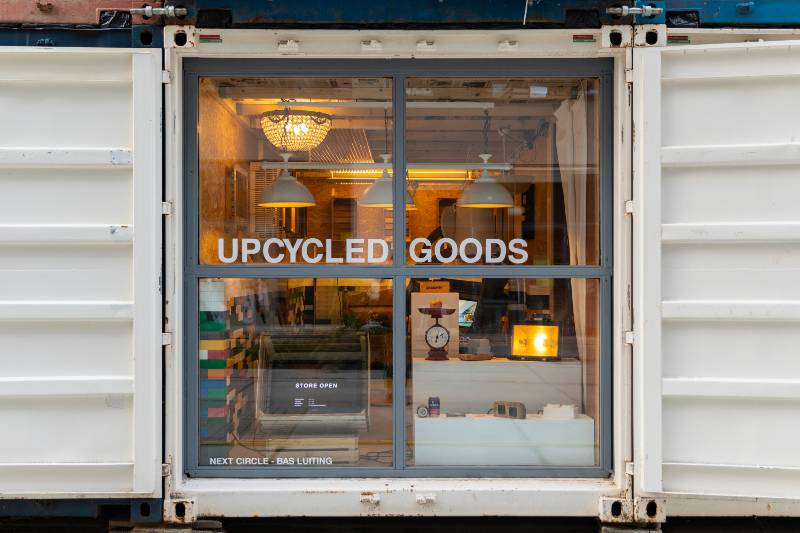
As the upcycling industry grows, there are increased opportunities to purchase products that are useful, attractive, durable, and reasonably priced without buying something new.
In fact, many consumers actually prefer upcycled items because of their unique character or interesting back story.
Today, the most common upcycled product categories are furniture, housewares, art, garden, clothing, fashion accessories, bags, and toys.
There are a lot of descriptive words out there that are used in the marketing of upcycled goods, as producers and retailers seek effective ways to define their products and their benefits.
In addition to “upcycled,” these products will also often be described as “recycled,” “reclaimed,” “reused,” “vintage,” and even by cool portmanteaus like “trashion” (yes, fashion from trash!)

